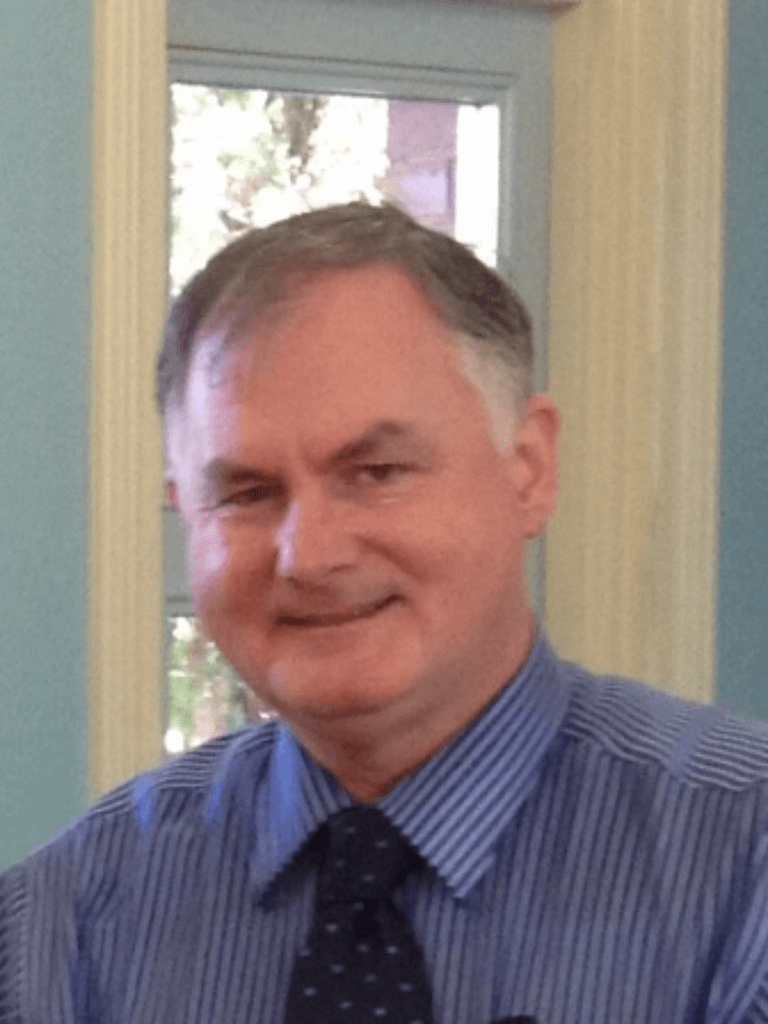The Power of Community

There is no power equal to a community discovering what it cares about.
Margaret Wheatley (2009).
Turning to One Another (eBook). San Francisco: Berrett-Koehler Publishers. p.26.
Throughout the COVID-19 pandemic, much has been written about life locked down, to take shelter from the virus. Much has also been written about how to work from home and much has been written about activities that individuals might be able to do in isolation, to occupy themselves, and fill the time that is at hand. Recently some writers on organizations and leadership have been discussing in Twitter forums, the importance of community to successful organizations. One notable author in this space is Tom Peters.
An organization is a “community.” If you look at things that way, you will make a lot of good “people decisions.” Tom Peters Twitter 19 April 2020.
If Tom Peters is right and if Margaret Wheatley is right, then it is critical that the organization discover what it truly cares about. If you read the excellent book by Tom Peters, ‘The Excellence Dividend’, the organization may well find that it needs to discover a real passion for people, especially the people that keep the business an ongoing concern – the staff and the customers. On any reasonable analysis of community, it would be easy to see that there are three things that are critical to an organization being an empowered community. The three R’s of community are: Relationships, Relationships, and Relationships.
Anthropology teaches that human beings are wired to be social. How we interact with each other and indeed, who we interact with and when we interact with people are critical to the creation of healthy, empowering relationships.
“It is no revelation to any field-experienced anthropologist that everything is related to everything else, or that whether the entire sociocultural setting can be studied in detail or not, it has to be known in general outline.”
Margaret Mead (1973) “Changing Styles of Anthropological Work” p.8.
One way of thinking about this is to conceive the organization as being akin to a village. If you like, ‘the village at work’. In the village, there is a clear and definite structure that has responsibility for the ‘government and governance’ of the village. In many villages, the Chief is elected at some point in time, though in other circumstances it is inherited, similar to royalty. The role of the Chief and the elders is to ensure the safety and well-being of the members of the village. In the village, there are rules and norms, expectations and understandings of accepted behavior. There is some form of economy, even if in bartering form, and kinship is usually extended. The notion that it takes ‘a village to raise a child’ is more often than not true in a real village. In an organization, this extrapolates to how junior members of an organization are nurtured and cared for, so that they too may take their rightful place through their contributions to village life. The village often has organized social activities that strengthen the membership of the village, not unlike a local sports club. In short, the village is both a physical entity and a cultural one. It is very important that people have a sense of belonging. The reason is very simple. Belonging often begets a positive self-concept and often leads to a sense of ownership and ‘buy-in’.
According to Emily Gibson and Robert Barr (2013) in their excellent book, ‘Creating a Culture of Hope (eBook)’ Maslow identified the importance of belonging.
“Maslow conceptualized the basic needs of human beings in five ascending levels: (1) physiological needs, (2) the need for safety, (3) the need for love and belonging, (4) the need for esteem, and (5) the need for self-actualization.”
Gibson, Emily., Barr, Robert. (2013) ‘Creating a Culture of Hope (eBook)’ p.39.
Obviously, one way to feel as though you belong is to feel accepted by the larger group. This means giving and receiving feedback. The feedback empowers the individual to improve themselves and in turn, the collective. In this regard, a coach or mentor can also help a person feel as though they belong. The physical environment can impact the psychosocial environment and in turn the sense of belonging. All of this can impact the culture of the village, the leadership, and in turn the quality of relationships within the village.
Translated into the workplace, it is incumbent on the leadership team of the organization to actively build a positive culture, mindful that a toxic culture can be very harmful to the staff. The leadership needs to be authentic, have high levels of trust, and engender hope. To do this, they must be able to create healthy relationships with clear lines and opportunities for communication. Micromanaging people is the antithesis of this. There needs to be the sense that leaders have the well-being of their employees in mind. The process of course is reciprocal.


How we interact with each other and indeed, who we interact with and when we interact with people are critical to the creation of healthy, empowering relationships.
Emily Gibson and Robert Barr suggest the following for creating a sense of belonging, especially in a school environment. That said, their list could easily be generalized to most other organizations.
Specific ways that schools can help students find a sense of place include the following:
- Building relationships
- Creating a surrogate family at school
- Developing students’ interests and talents
- Exploring careers
- Using social networking to enhance belonging
When the atmosphere of the school addresses students’ needs, learning increases, emotional health is supported, and attendance improves.
Gibson, Emily., Barr, Robert. (2013) ‘Creating a Culture of Hope (eBook)’ p.69.
It is essential of course that in creating a culture of belonging, we create a vibrant, healthy community. A community that is life-giving and allows for the personal and professional growth of each individual starts to become transformative. In the context of COVID-19, we must by now have come to realize that we are not independent but interdependent. As we journey through the pandemic, we may start to uncover a basic truth. We truly are ‘all in this together!’
On creating purposeful and transforming communities, Peter Block (2018) in his excellent ebook, “Community: The Structure of Belonging” asserts that community is created via a series of powerful, transformative conversations.
“Following the invitation, there are five other conversations for structuring belonging: possibility, ownership, dissent, commitment, and gifts. Since all the conversations lead to each other, sequence is not that critical. The context of the gathering will often determine which questions to deal with and at what depth. It’s important to understand, though, that some conversations are more difficult than others, especially in communities where citizens are just beginning to engage with one another.”
Peter Block. (2018). Community: The Structure of Belonging (ebook) (Ch 12).
The significance of this observation should not be missed. Fundamentally, belonging to most forms of community is invitational, meaning that you are called to accept or reject the invitation. Where the invitation has been accepted, the possibility of commitment to the community becomes a possibility. This creates a sense of commitment which in turn creates a sense of ownership, a sharing of gifts, and a willingness to accept and / or offer a different opinion to the rest. At the heart of these conversations is a healthy trust and respect for each other. In the context of a workplace, the employment contract that you accept is the invitation to this community of colleagues. It is strengthened or weakened by the extent to which you and everyone else, engage in these critical conversations.
What is of interest here is why this sense of community at work is so important. According to Professor Dominic Little from California State University Northridge in his Sociology 101 notes, the Sociologist and Social Psychologist, George Herbet Mead, and the Sociologist, Charles Cooley, offer important insights.
“Cooley’s conceptualization of the “looking glass self” shows how a person’s sense of self is inextricably linked to that person’s sense of others; an individual imagines how other people see him or her, interprets their reactions to his or her behaviors and develops a self-concept based on those interpretations. Mead’s insights into “taking the role of the other”—as well as how children learn through stages of imitation, play, and games—illustrate the process by which people learn to become cooperative members of the human community and internalize the “rules” of the game of life. Furthermore, his formulation of the self as subject (the “I”) and object (the “me”) shows how socialization is an active process and how the human mind, as well as the self, is a social product.”
Dominic Little. (Spring 2011). Sociology 101 Course Notes – Chapter 3 Socialization.
In the workplace, the village at work is therefore an important place for the socialization of each person in the organization. Anticipating the role of the other gives us insight into what our role and purpose are and importantly the contribution we are called to make. Importantly, we are called to make a contribution and engage in conversations and interactions that are in effect the constant intersection of personalities as well as minds.
Dr. Margaret Wheatley in a Keynote Address to the Kansas Health Foundation 2000 Leadership Institute (Spring 2000) made this astute observation as to why these notions of self and others, the notion of quality relationships, is at the heart of successful organizations.
“It is no longer enough to simply say that relationships are important. A good part of effective work, Dr. Wheatley said, is knowing exactly who is in each box on such a chart. As former American Red Cross President Elizabeth Dole put it, “When the river is rising and it’s 2:00 a.m., that’s not the time to start a relationship.” The relationship has to be there first. “If you don’t have the web or fabric of good, trusting relationships,” Dr. Wheatley said, “You can’t suddenly pick up the phone and say, ‘I need you.'” “Relationships are not only primary but are the only way we can operate now,” she concluded.”
What is evident is that the collective can achieve much more than an individual. In turn, the individual can find, strength, security, and a degree of peace, in this village community at work. It should never be forgotten that the word Community embodies two words: Common Unity. In building a Common Unity with each other, in and throughout the workplace, Synergy is created and real transformation starts to occur. As already mentioned, a real sense community consists of three ingredients: relationships, relationships, relationships. This of course means you need the three ingredients necessary for relationships: people, people, and people. Get the people to lock-in, empower the people, and trust that the people with appropriate training and development and you will find that Tom Peters is right. “If you look at things that way, you will make a lot of good people decisions.” Unleashing the power, the creativity, and intellect of your people will also lead to the realization that Margaret Wheatley’s observation is equally correct. “There is no power equal to a community discovering what it cares about.”
This notion of harnessing a transformative, successful community, be it at work or society at large, was echoed in the words of Abraham Lincoln. They seem just as relevant today, as they were then.
“With malice toward none; with charity for all; with firmness in the right, as God gives us to see the right, let us strive on to finish the work we are in.”

CAREER ADVICE

GOV TALK




